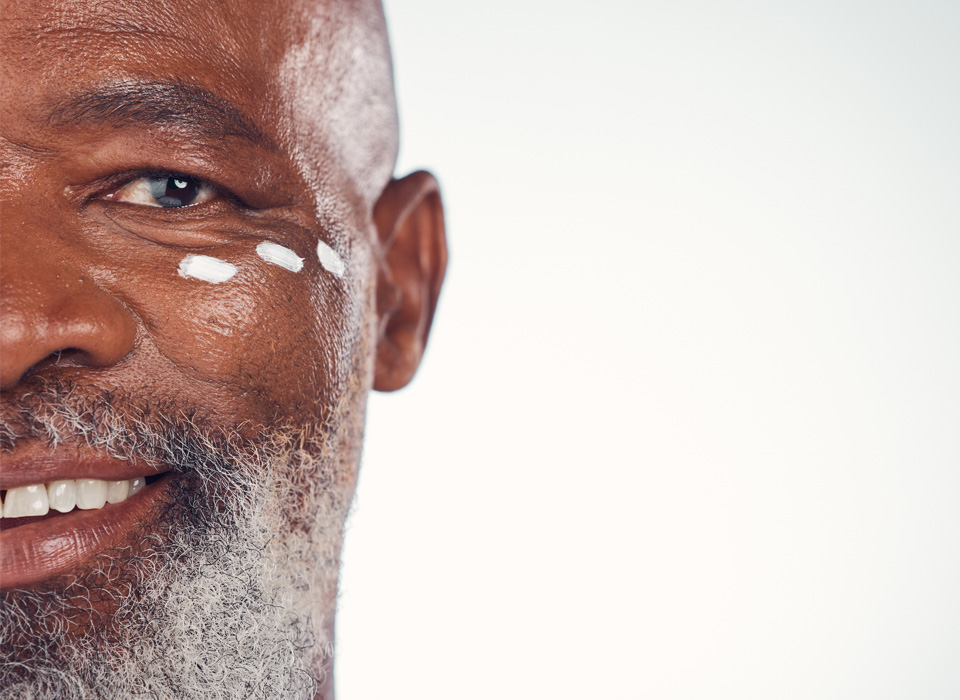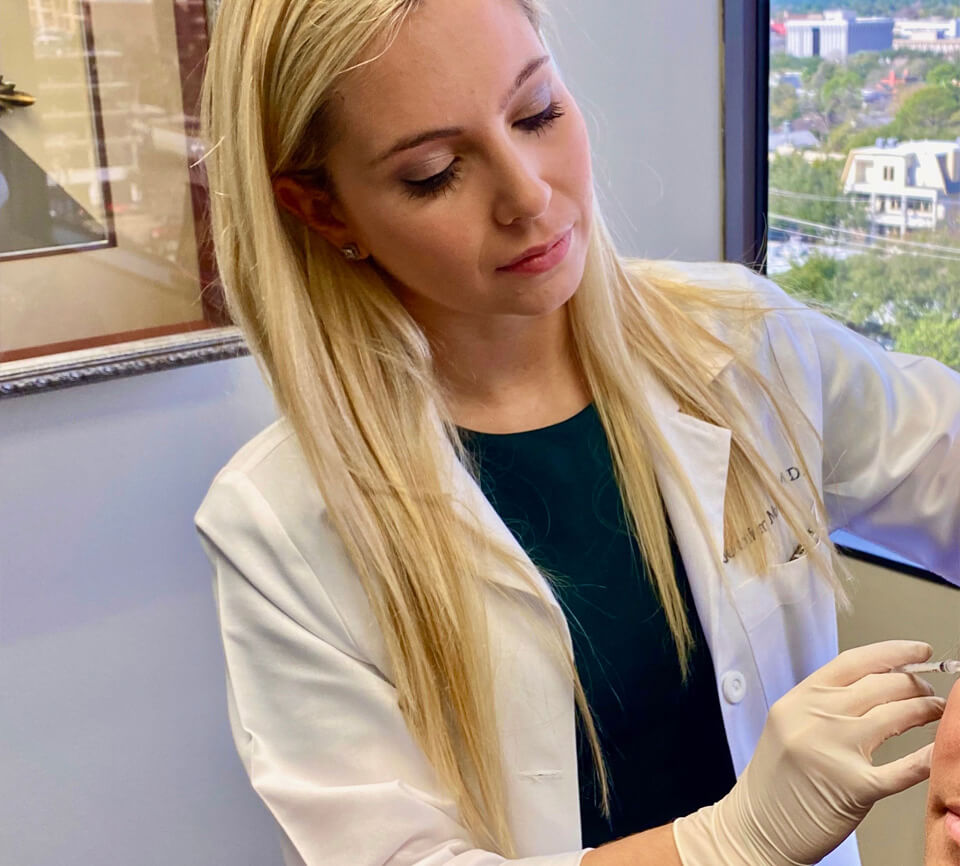Ectropion Repair



Involutional Ectropion: The most common type of ectropion, occurring due to age-related eyelid laxity. A loose, floppy eyelid can start to sag downward, with an outward malposition of the eyelid margin.
Cicatricial Ectropion: Caused by scarring or skin shortening. This is often seen by lower eyelid blepharoplasty complications, skin cancer, previous surgery in the eyelid or cheek that results from excessive scarring, trauma, aggressive skin resurfacing procedures, and burns.
Paralytic Ectropion: Occurs when the facial nerves are damaged, and the eyelid closure muscle does not work properly.
Mechanical Ectropion: Caused by external factors like tumors or problems with the midface that weigh down the eyelid or push the eyelid outward and away from the eye.
Congenital Ectropion: Rare disorder, present at birth due to developmental issues.
Mechanical Ectropion: Caused by external factors like tumors or problems with the midface that weigh down the eyelid or push the eyelid outward and away from the eye.
Congenital Ectropion: Rare disorder, present at birth due to developmental issues.
Eyelid Tightening – Most commonly due to eyelid laxity, ectropion repair involving eyelid tightening is the standard treatment to correct this issue. A lateral tarsal strip, wedge resection, or tightening of the inner corner at the medial canthal tendon may be incorporated in this approach to ectropion repair. This procedure involves shortening the eyelid and reattaching the tendon to the orbital bone.
Rotational Procedures – Different techniques that involve excision of tissue, use of cautery, tarsal fracture, or suture placement to rotate the eyelid back to a normal position may be used in an ectropion repair.
Skin Grafting – For cicatricial ectropion, or ectropion from excessive scarring or inadequate tissue on the face, a skin graft may be necessary to restore a normal eyelid shape and position.
Eyelid Closure – Botox or a small procedure called a tarsorrhaphy may help to close the eye, especially for temporary relief for paralytic ectropion.

Cold Compresses – Constant cold compresses with small bags of frozen peas over the affected eyelids for 48 hours will significantly help with bruising and swelling. Always keep the area moist, and a fresh wet paper towel around each cold compress is recommended for this. The more cold during this crucial time, the better.
Warm Compresses – After 48 hours, warm compresses with rice in a sock or a warm wet washcloth will help increase circulation to the area so that the bruising and swelling may start to clear.
Lubrication – An eye ointment will be prescribed to use at least 3 times each day for the first week to use both inside of the eyes and on all of these incisions. You may also supplement with artificial tear drops in the eyes if they start to feel dry or irritated.
Recovery after an ectropion repair varies based on the surgical technique and other medical issues that can affect healing. Most patients can resume normal activities after 1 week. However, complete recovery can take several weeks.
Ectropion repair is a straightforward surgical procedure that restores eyelid function and ocular health. Schedule an appointment with Dr. Murdock, the eyelid specialist in Miami and Broward, who can provide relief from symptoms and an improved quality of life.
12750 NW 17th St, #226
Miami, FL 33182
601 N Federal Hwy, Suite 411
Hallandale Beach, FL 33009
Call: 305-315-5577
